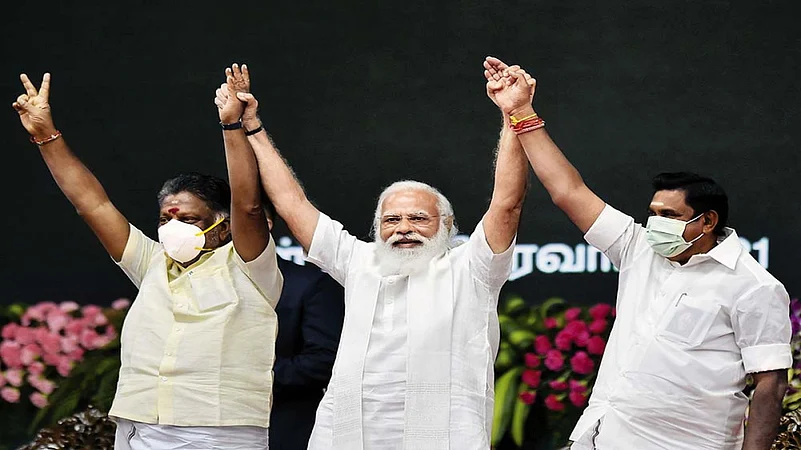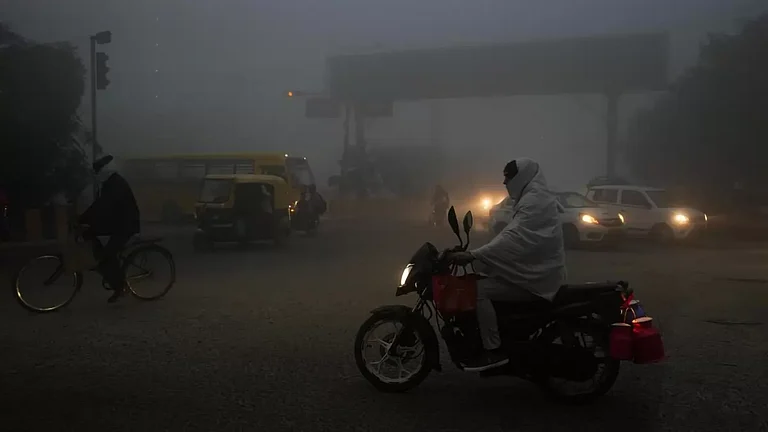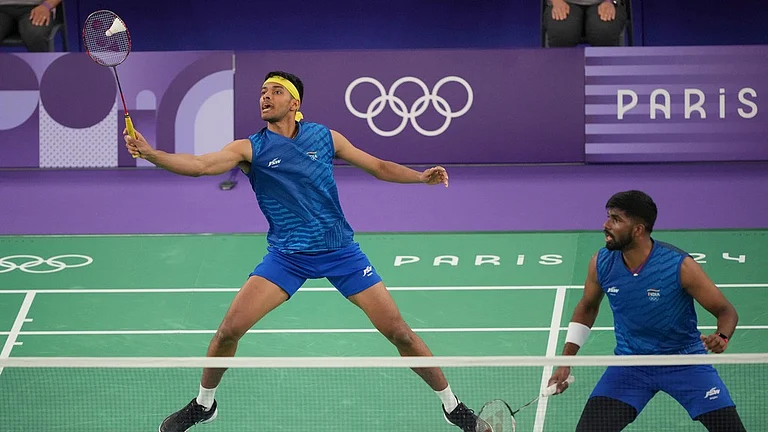Till a few years ago the BJP’s closest rival in Tamil Nadu was NOTA—with its barely three per cent vote share in the 2016 assembly elections, the BJP was actually suffering from an identity crisis. The muscular ruling party in New Delhi and half a dozen states elicited patronising, polite smiles in Tamil Nadu.
Today, the same party manages the crisis created by the Sasikala factor in the AIADMK by first attempting a patch up between the two factions. When that fails to fructify it gets Sasikala to do the unthinkable—withdraw from the political scene, with a message to her followers to stay united and defeat the DMK. This political masterstroke shored up the chances of the AIADMK alliance and underlined the growing political heft of the BJP in Tamil Nadu.
ALSO READ: Operation Akhil Bharatiya
Now all the BJP needs to show is a decent number of MLAs out of the 20 seats it will contest. That would give real heft to its growth in a challenging bipolar political environment. In truth, the BJP has a better electoral record in Tamil Nadu than in neighbouring Kerala. It sent MPs to the Lok Sabha in 1988, 1989 and 2014—as part of alliances. The last time it had sent MLAs to the assembly was in 2001, when it was part of the DMK-led front, before the DMK joined hands with the Congress in 2004.
After that, the BJP could find partners for Lok Sabha polls—AIADMK in 2004, smaller parties like PMK, DMDK and MDMK in 2014, but found itself stranded for assembly elections. “Our presence did not bring in additional votes to our partners in assembly elections. Jayalalitha’s presence also ensured that even BJP supporters preferred to vote for the AIADMK as it had more chances of defeating the DMK,” points out a senior BJP functionary.
ALSO READ: Like Gold In A Furnace
After Jayalalitha’s death, the way the BJP brokered a truce between K. Palaniswami and O. Panneerselvam to stabilise the AIADMK government in 2017 gave the saffron party a bigger handle in shaping the state’s political discourse. The equation, however, failed to cut ice with voters during the 2019 Lok Sabha elections, but an undeterred BJP chose to build on the setback by strengthening the party in Tamil Nadu.

Led by a Dalit state president, the BJP started roping in well-known faces from other parties, from film celebrities to politicians with strong grassroots connections. “The BJP built an aura of growing in Tamil Nadu by regularly being in the limelight with these new additions—some even controversial history-sheeters. The party operated as if it had a target of inducting celebrities every month, all of which gave them greater visibility,” admits a former Congress MP. And repeated visits of top leaders like Narendra Modi and Amit Shah improved this outreach.
ALSO READ: Nandigram, Ground Zero
The real game-changer came with the Kandha Sashti Kavasam controversy in late 2020, when the BJP boldly took on rationalist forces for insulting the Hindu faith and Lord Muruga. “In the past such rationalists would get away with support from the DMK and other parties. This time, our response led to filing of police cases, taking down an offending YouTube channel and the arrest of their promoters. Our vigorous retaliation attracted public support, which we converted into a groundswell through the Vel yatra across the state,” says BJP spokesperson Naryanan Thirupathy.

The BJP’s counter-offensive triggered a collective Hindu reaction, demonstrated by the large number of women participants during the Vel yatra, pushing rationalists to the back foot. Even the DMK, which wears its rational, Periyar badge with pride, was compelled to state repeatedly that it was not ‘anti-Hindu’, that its cadres were temple-going Hindus. The DMK also kept rabble-rousing rationalists from fringe groups away from its campaign in the run-up to the April 6 election, not wanting to rub Hindus the wrong way. This big psychological win for the BJP pushed its ratings higher in popular perception.
ALSO READ: Brahmaputra’s Undertow
“When you compare the state of the Congress and BJP in Tamil Nadu it is apparent that the Congress is diminishing, while the BJP is on a growth trajectory. The weakening performance of the Congress in the past assembly elections has left the party with a begging bowl during seat-sharing talks. The BJP, on the other hand, is able to wrangle 20 seats from the AIADMK, notwithstanding a poor show in 2016. Many attribute it to arm-twisting by the Centre, but fact is the BJP has invested in improving its booth-level reach in the past two years,” points out Rangaraj Pandey, chief editor of Chaanakyaa, a digital channel.
ALSO READ: Dry Run In Wet Pondicherry
Opposition parties also contributed to the BJP’s rise, by targeting the national party and Modi, thus according it importance, rather than train their fire on the incumbent AIADMK. “After the DMK forced its allies to trim down their seat share drastically, their only explanation was that they had to stop the BJP from getting a foothold. If stopping the BJP becomes paramount, rather than preventing the AIADMK from winning, it shows that we have grown and emerged as a threat,” argues BJP state general secretary K.T. Raghavan.
ALSO READ: A Soft Right To Move Left
But the BJP has in the past been tripped by its own rhetoric; only the final results will prove if it has lived up to its promise of sending at least ten MLAs to the state assembly. Why, even a single MLA would be a 100 per cent improvement.
ALSO READ: A Big If In Its Ifs And Buts Tides
By G.C. Shekhar in Chennai


























